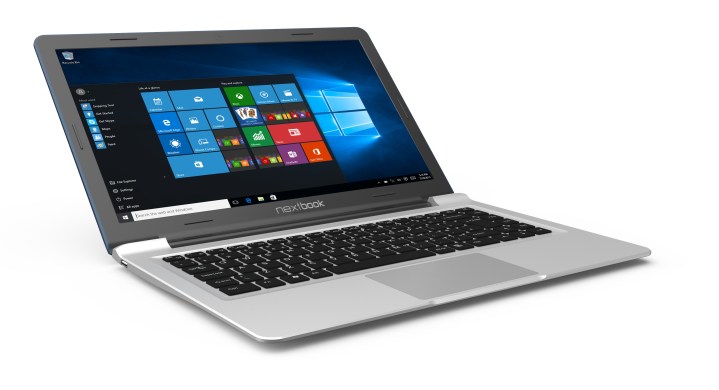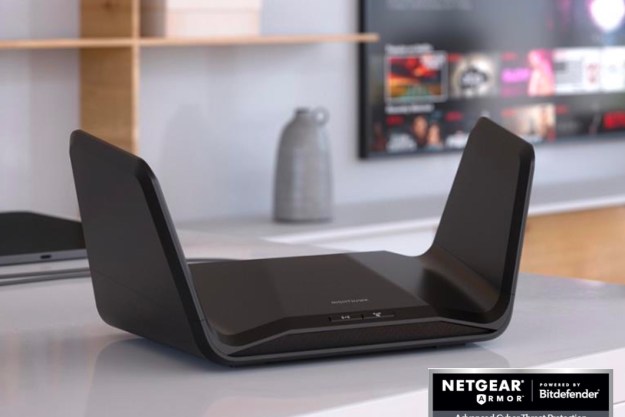
The manufacturer targets its devices at users who are in search of a more modestly priced computer. The first laptop is the 11.6” convertible Nextbook with a 1,366x768p IPS touch screen. It comes with 64GB worth of storage and microSD card expansion, USB 2.0 and 3.0 ports, Bluetooth 4.0 and Wi-Fi connectivity, and a microHDMI port. It has a 360-degree convertible hinge so it can also be used as a tablet. It’s priced at $270.
Second is the 14” Nextbook laptop, priced at $200, which is a pretty basic laptop for everyday needs. It has a 1,366x768p screen and 32GB of storage, again with microSD card expansion, along with Bluetooth 4.0 connectivity, microHDMI port, USB 2.0, and USB 3.0 port.
Both laptops are powered by a quad-core Intel AtomTM x5-Z8300 processor with 2GB system memory and run Windows 10. They are expected to be released in the second quarter of this year.

“Building off the success of our Nextbook tablet and detachable lines, we are thrilled to enter the consumer laptop category in 2016,” said Jason Liszewski, managing director and VP of sales of E Fun. “This introduction is the next step for E Fun to continue bringing innovative new products to market at a price point that resonates with consumers.”
“E Fun’s new Windows 10 Nextbook devices are further proof that you can do great things on any budget,” said Jordan Chrysafidis, vice president of US OEM at Microsoft. “These value-priced devices are great for education or entertainment, and with Windows 10 features, customers can have fun and get more done.”
E Fun had previously stuck with tablets, and had recently launched a line of Android tablets for Verizon and a 2-in-1 Nextbook tablet with Intel’s Atom Cherry Trail processors running Windows 10. Again, prices started modestly at around $150.
Editors' Recommendations
- This laptop has a customizable, color e-ink screen right on its lid
- This bike desk lets you power your laptop with your workout
- Volocopter nails first flight of its VoloConnect eVTOL aircraft
- Rocket startup Astra scrubs its first launch for NASA
- How to watch Astra launch its first NASA mission today


